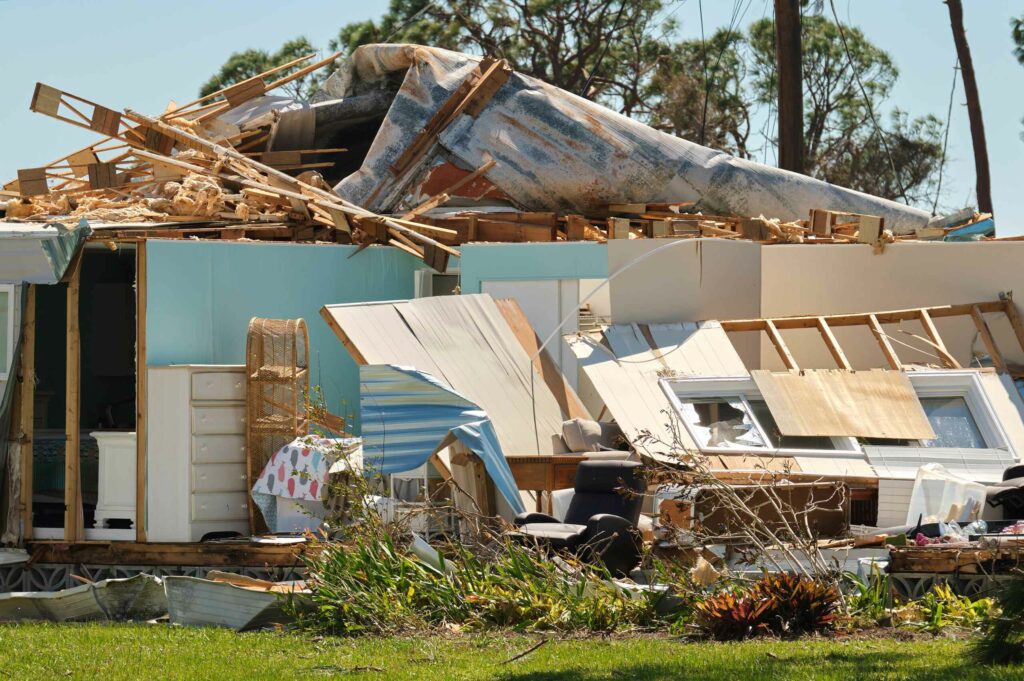At Premier Claims, we strive to make the inspection process seamless and hassle-free. Discover how we manage the inspection process without requiring you or your contractor to be onsite, which, in turn, creates a streamlined insurance claims process.
Hassle-Free Inspections
One key advantage of working with Premier Claims is our convenient and hassle-free inspection process. Our inspectors can access the roof without needing you or your contractor present. This flexibility allows you to continue with your daily activities uninterrupted.
Disclaimer: Inspection circumstances may vary depending on the location of the damage on your property, the state of damage, and the type of property.
Professional and Thorough Assessments
Inspections are crucial in filing an insurance claim. Our experienced inspectors collaborate with insurance adjusters to conduct thorough damage assessments. They meticulously document all findings to ensure every damaged aspect is noted.
Transparent Communication
We maintain transparency throughout the claims process. Any damage identified during the inspection will be promptly communicated to you through your designated client specialist. We are committed to maintaining a consistent line of communication with you throughout the claims process.
Coordination with Your Contractor
While your contractor’s presence isn’t necessary during the inspection, we understand you might prefer their involvement. We are happy to coordinate with your contractor to ensure a smooth process, aiming to cover your claim comprehensively.
Expert Documentation
Our inspectors provide detailed documentation of any damage found during the inspection to our adjusting team and your client specialist representative. This is crucial for substantiating your claim and ensuring all necessary repairs are accounted for.
Dedicated Client Support
After the inspection, your client specialist will review the findings with you, offering a comprehensive overview of the damage and guiding you through the next steps. Our team is dedicated to making sure you understand every aspect of your claim.
Focus on Your Peace of Mind
At Premier Claims, we simplify the inspection and claims process, allowing you to focus on what matters most—your peace of mind. We provide flexibility and convenience by not requiring you or your contractor to be onsite. Trust our experienced team to handle the details, communicate transparently, and work diligently to get your claim covered.
Disclaimer: Inspection circumstances may vary depending on the location of the damage on your property, the state of damage, and the type of property.
Contact us today to learn more about our streamlined inspections and how we can assist you with your insurance claim.



